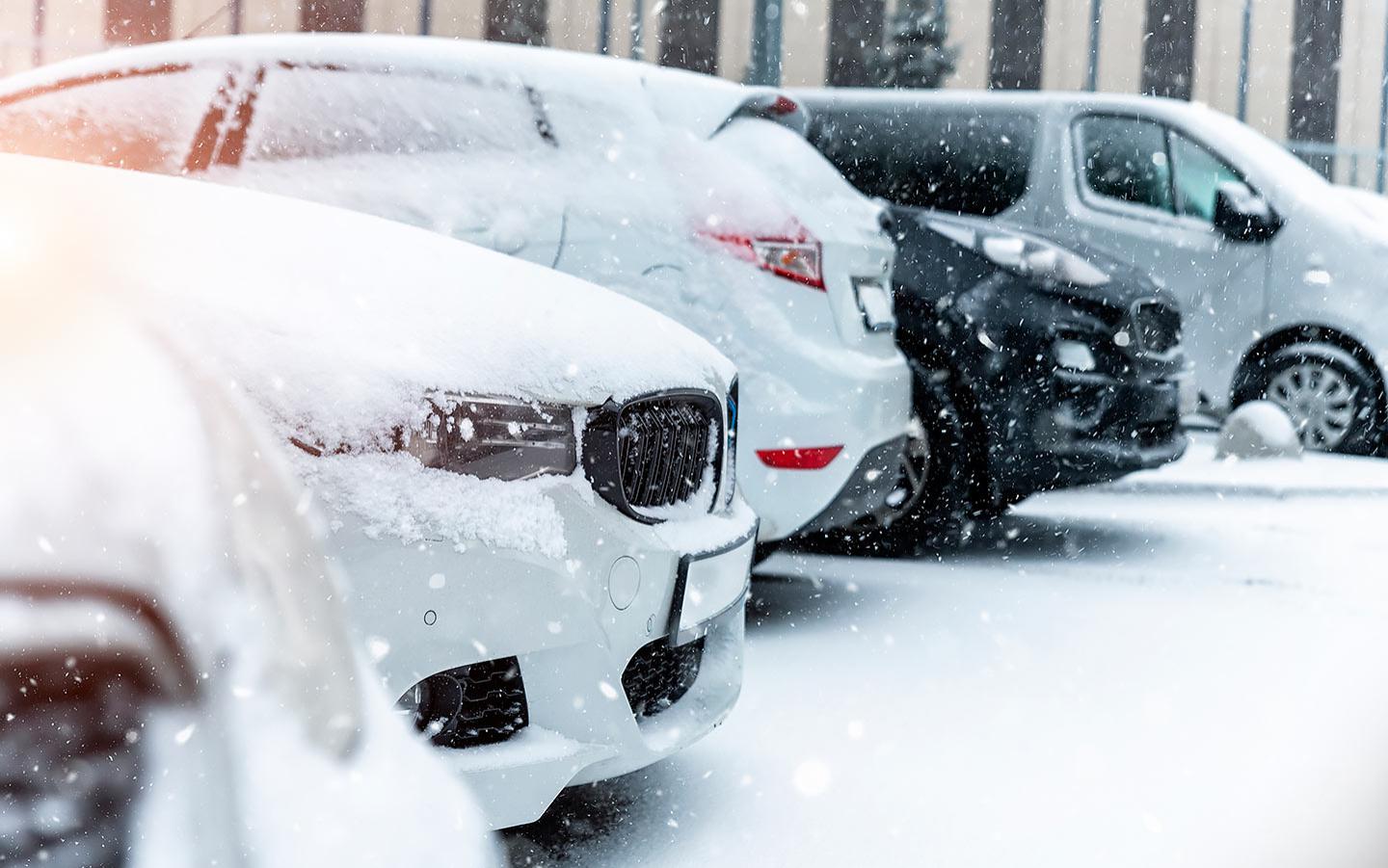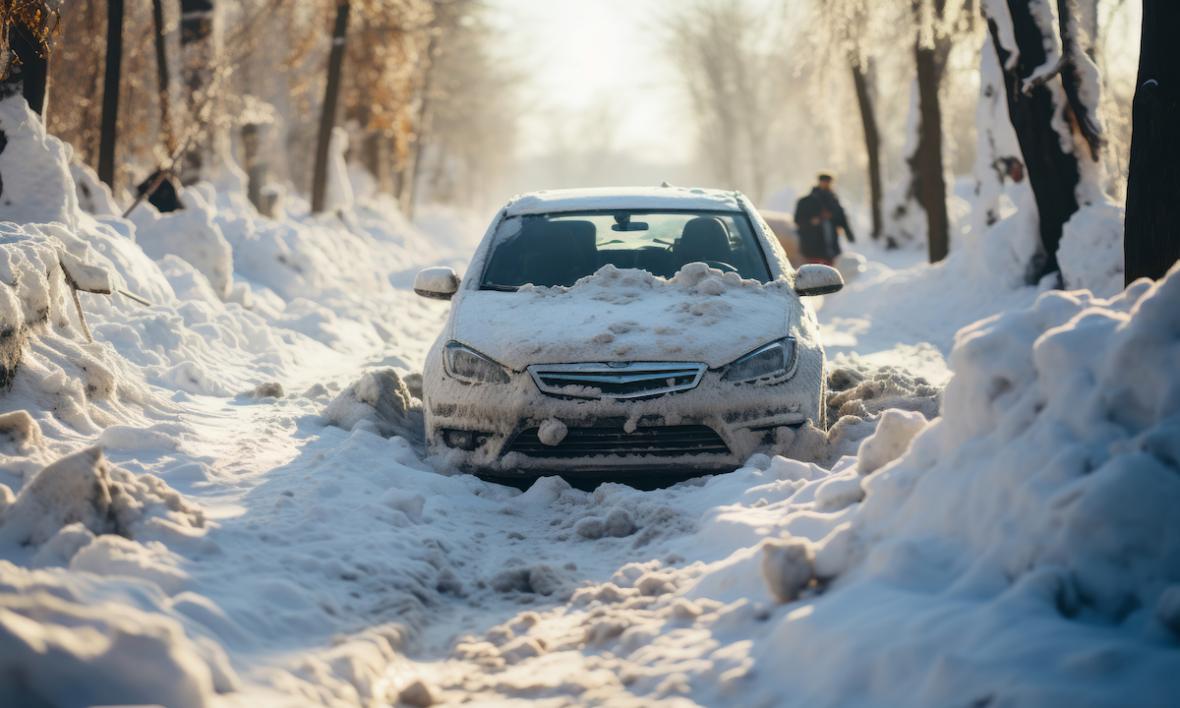When it comes to winter weather, some cars are better equipped to handle snow and ice than others. Front-wheel drive vehicles typically have an advantage over rear-wheel drive cars, but there are a few other things to consider when choosing the best cars for snow conditions.
Which is Better, AWD or 4WD?
Any examination of the most incredible snow vehicles must start with the drivetrain. When driving in snowy or icy conditions, front-wheel-drive (FWD) and rear-wheel-drive (RWD) systems have advantages and disadvantages. However, we will ignore such two-wheel-drive (2WD) drivetrains.
With any 2WD system, an unskilled snow driver is just as likely to get into danger. The topic then shifts to all-wheel drive (AWD) vs. 4-wheel drive (AWD) (4WD).
1. What is AWD?
Many people mix the phrases AWD and 4WD. These are not, however, the same systems. The all-wheel drive operates with little or no driver intervention. Most AWD cars are FWD (Honda CR-V) or RWD (Dodge Charger).
On dry pavement, the engine directs full power to a single axle. Power (or torque) is transmitted to the front wheels in front-wheel-drive vehicles. Power is transmitted to the back wheels in rear-wheel-drive vehicles.
Part-Time AWD
The most popular form of AWD system automatically distributes a part of the engine torque to the second axle and its two wheels when one or both main driving wheels slide. This technology is often called “on-demand” or “part-time” all-wheel drive.
If it’s an on-demand system, it’s programmed to run in two-wheel drive most of the time to save gasoline. This system is the most fuel-efficient option. On-demand all-wheel drive may reduce fuel consumption by as much as 1-2 mpg.
Full-Time AWD
Some systems, known as full-time all-wheel drive, will always transfer torque to all four wheels. These, too, automatically modify torque as required, although they are often less fuel-efficient than on-demand systems. In the majority of its cars, Subaru employs full-time all-wheel drive. Fortunately, the fuel-economy penalty with this AWD isn’t substantial.
When there is slippage in either system, there is a demand for additional traction, and more power is supplied to the wheels with more grip. So, if you’re driving on an ice patch and one tire loses traction, the all-wheel-drive system will react swiftly, directing power to the wheels with better traction.
Most all-wheel-drive systems are electronically controlled and can adjust to changing road conditions before a wheel spins. This occurs in the blink of an eye, frequently without the driver’s knowledge. While there is much more going on here to optimize traction and preserve control, that’s the core.

2. What is 4WD?
Most users find that AWD can handle bad weather, including ice and snow. However, if you often travel on severely slick roads or want a car with more off-road capacity than AWD can provide, you should consider purchasing a vehicle with 4WD.
The four-wheel drive continues to provide power to all four wheels but produces a lock between the front and back axles, keeping axle speeds constant. With minimal traction, such as dirt or heavy snow, this lowers wheel spin, preventing your car from cornering as effectively as when in 2WD. That is not a problem with all-wheel drive.
While several types of 4WD systems are available, the most common is part-time 4-wheel drive. Part-time 4WD is often seen on rear-wheel-drive cars.
4WD High Range
When you need more traction, you, the driver, may use a lever, dial, or button to shift the car into 4-Hi, often known as high range. This is the most excellent option for snowy weather and when you’re on easy or moderate routes. The high range provides better off-road traction than all-wheel drive. Most new 4WD cars can change from 2-Hi to 4-Hi without stopping. Some 4WD cars will even automatically switch from 2-Hi to 4-Hi for you.
However, there are some disadvantages. A high range is not recommended for on-road usage, according to experts. If you fail to return the system to 2WD (or 2-Hi), you risk causing harm to your vehicle after lengthy periods of inactivity. Furthermore, the additional weight of this device lowers fuel efficiency.
4WD Low Range
When the path becomes more complex, or you find intense snow, you may choose 4-Lo or low range. This function is only activated at low speeds. In addition to driving all four wheels, your vehicle has a low gear ratio. Low range provides your truck or SUV the maximum torque at each wheel and allows the vehicle to creep over an obstacle slowly.
To utilize low range, you must first come to a complete stop and deliberately shift into or choose it. You’ll have to shift out of 4-Lo after clear of the rugged terrain. Low range isn’t something most people need, but it might be helpful while driving down a steep, slippery road.
3. Which Should You Choose: AWD or 4WD?
Your demands determine the choice between AWD and 4WD. However, for most individuals, all-wheel drive is the best option. It adapts automatically to changing road conditions, is intended to operate in typical snowy and icy situations, and has the most negligible negative impact on fuel efficiency.
The List of Top Safety Features for Cars in Snow
- Adaptive headlights: Adaptive headlights may take many shapes. The headlights are rotated to illuminate the surroundings where the steering wheel is turned. The other employs cornering lights positioned to the headlights’ side. When you move the steering wheel to the left or right, they light in the proper direction – an excellent feature for any automobile traveling in the snow.
- Anti-lock brakes and stability control: These function together to detect when a vehicle begins to slide sideways and then apply braking to whichever wheel or wheels will assist control the slide.
- Automatic high beams: Auto high beams are on by default when the headlights turn on. A sensor detects neighboring cars’ lights and turns down the high beams when it detects headlights or taillights.
- Blind-spot monitoring: Driving in the snow is difficult. Blind-spot sensors identify cars on your sides that you may not see in your mirrors. This may prevent you from entering an occupied lane, which is especially useful while driving in snow. Making a rapid steering change to avoid a car in the adjacent lane is one of the surest ways to lose control on a slick road. Stomping on the brakes, which the nearby car would undoubtedly do if you seek to share its lane, is another method to cause chaos on a slick road.
- Forward collision warning and emergency braking: This technology detects risks such as stopped cars on the road using a mix of cameras, sensors, and lasers. It uses the anti-lock braking system to bring the car to a halt.
- Ground clearance is the distance between the pavement and your vehicle’s undercarriage. More ground clearance is advantageous since it reduces the likelihood of having to shovel the snow. More clearance also aids in avoiding unseen dangers on a snow-covered route.
- Headlight washers and wipers: These wipers and washers clean snow and road salt from automobile headlights, resulting in enhanced lighting.
- Heated mirrors: A function that melts ice and snow before driving a vehicle in the snow.
- Heated seats and a heated steering wheel will not save your life, but they will make life much more pleasant in cold conditions. Many cars even have heated back seats.
- Heated windshield and wipers: While neither is expected, they will save you time and energy when snow or ice falls.
- LED headlights and taillights: These are brighter than standard halogen lights. You can see farther ahead, and cars behind you can see your taillights more quickly.
- Snow tires: Car tires designed for driving in snow, as well as driving on ice, may save your life. When purchasing a new car for winter driving, the bottom line may exclude them. You must have the proper tires since they are the most vital component of your car, whether on dry or slick roads.
![Автоэксперт: что нужно и чего нельзя делать, если машина застряла в снегу]()



